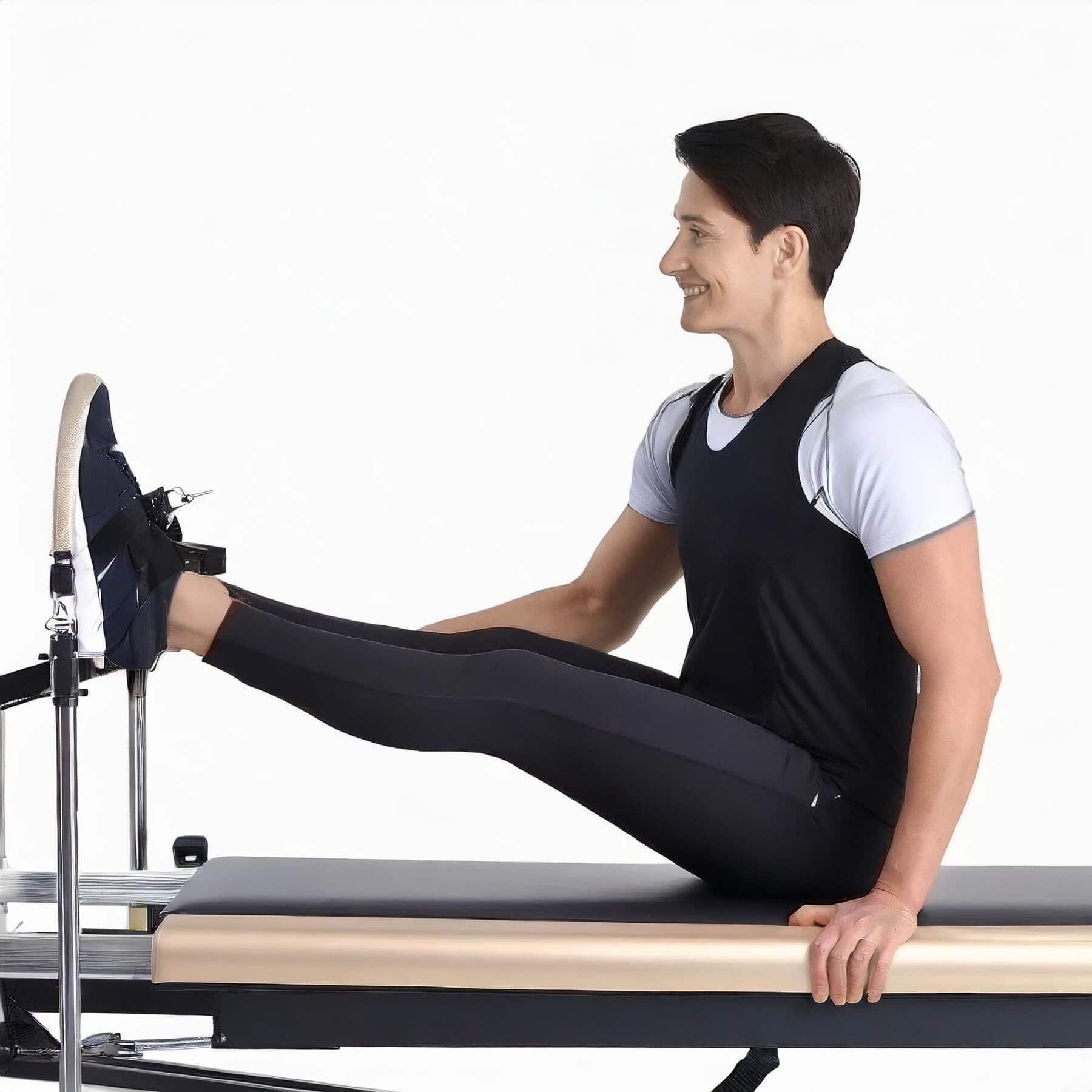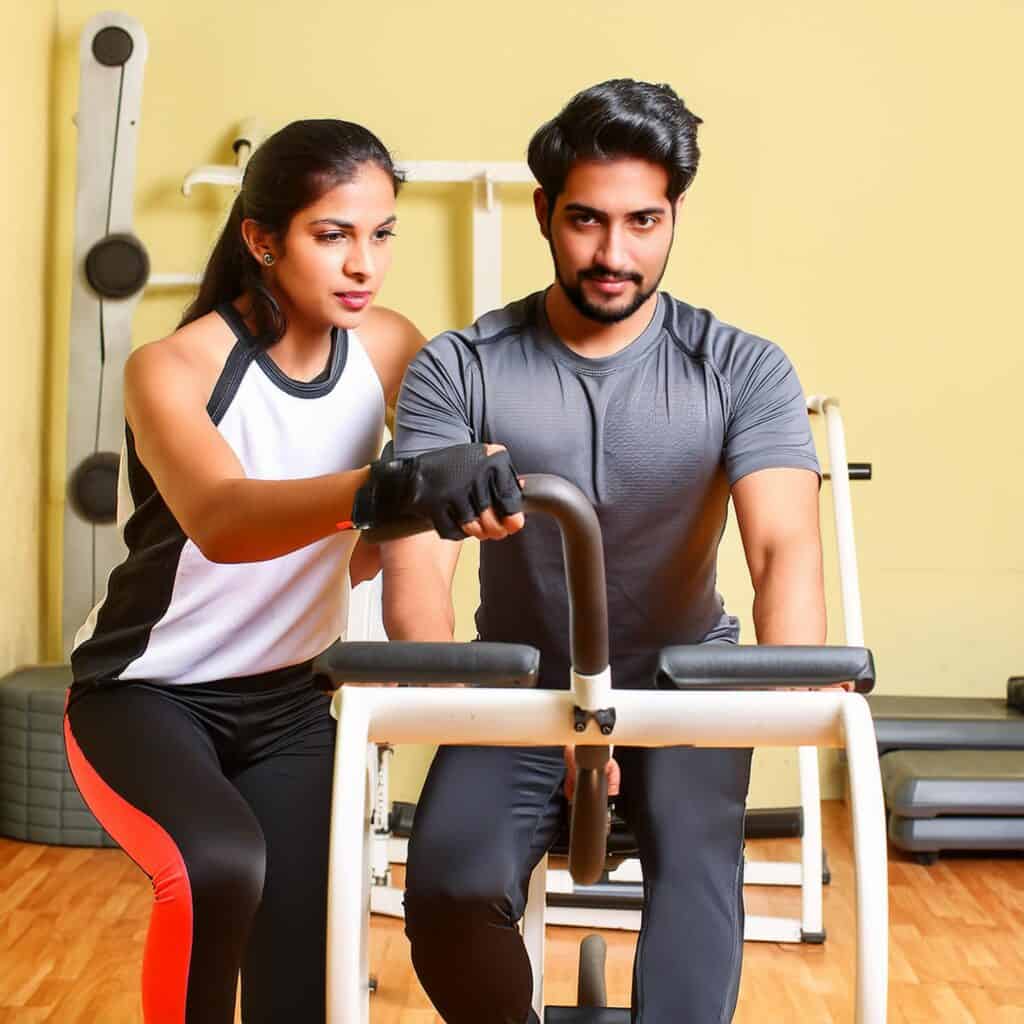
Why do Strokes occur?
Many people unfortunately suffer from a stroke in their life. However, understanding why they occur, their far-reaching impacts and how Pilates can help ease the lives of those who require it are of crucial importance.
Lack of oxygen, ruptures or blockages in cerebral blood flow can trigger strokes by causing numerous brain cells to die.
A stroke is a chronic disorder that is more common an occurrence than one may think. It’s the second-highest cause of death after cancer, affecting more than 17 million people annually, worldwide. Additionally, it’s a disorder with the third-highest proportion of disability occurrences, (with numbers increasing annually), most commonly manifesting as a condition called ‘hemiplegia’.
What is Hemiplegia and How does IT differ from Hemiparesis?
Hemiplegia is the paralysis of the muscles of the lower face, arm, and leg on one side of the body. Its effects, unfortunately, are not limited to simply motor function as it can also cause a loss of memory, cognition or experience of sensations.
While Hemiplegia is most commonly caused by strokes (which damage the brain tissue of one hemisphere of the brain), its secondary cause is trauma such as spinal cord injuries, brain tumours or brain infections.
Hemiplegia refers to the complete paralysis while hemiparesis refers to partial weakness. Both terms refer to a one-sided after-affect, known as “hemi”.

Symptoms of Hemiplegia:
While these vary from individual to individual, depending on degree of severity, the general symptoms are:
-
- Impaired motor skills
-
- Difficulty grasping or holding on to objects
-
- Weakness of muscles or stiffness on one side of the body
-
- Permanently contracted muscles or muscle spasticity
-
- Poor balance
-
- Difficulty walking
Employing Pilates to Treat Hemiplegia:
By addressing the root cause of hemiplegia and utilising various forms of physical therapy to help regain motor function, this condition can be treated. People living with hemiplegia usually undergo a combination of different types of rehabilitation therapy, namely employing the help of physical therapists as well as mental health professionals and rehabilitation therapists.
Often, even though most individuals suffering from hemiplegia may experience a functional life, many are dissatisfied with their quality of living. This dissatisfaction stems from the natural inclination of people to shift all physical activities to the unaffected hemisphere of the body. Unfortunately, this is a mistake as it only reinforces the weakness and poor motor control of the affected side. Consequently, as opposed to pushing the body towards correction, it only reinforces its asymmetry.
However, by utilising the principles of Pilates, this bodily weakness and asymmetry can be combatted. Facilitating proper breathing and alignment results in improved balance, ultimately leading to a higher degree of confidence in motor skills.
The Pilates reformer, particularly, can help in reducing the fear of falling, compensatory fixation or recruitment of inappropriate muscles. It helps provide adequate postural support to enable appropriate alignment and stability of the trunk or limbs. The machine also helps customise treatment by offering an unlimited number of modifications and propping in addition to aiding individuals in numerous exercises.
Coupled with the benefit of visual imagery and focused breathing to develop mind-body connection, it is clear to see why Pilates as an exercise form is a boon to those suffering from hemiplegia.
A Moushu’s Pilates Champion: Heena Kamte
Heena Kamte was 52 years of age when she suffered from a stress-induced ischemic stroke. She lost consciousness and couldn’t receive medical aid for almost 8 hours. Although she suffered from no pre-existing conditions, after being inflicted by hemiplegia, she developed diabetes and high blood-pressure.
The hemiplegia triggered a complete loss of sensation in the right hemisphere of her body, resulting in her being wheelchair-bound for a few weeks until she began to regain control of her leg movements and facial muscles. Unfortunately, her finer motor skills were impacted as her right forearm, fingers and wrist were greatly weakened, consequently affecting her abilities to grip or write.
Her greatest challenge when she came to Moushu’s Pilates was maintaining her balance while walking due to her muscles being rendered weak and imbalanced.
Although most people experience stroke recovery differently, the fundamentals of recovery remain the same. Highly repetitive, task-specific stimulation promotes neuroplasticity (the brain’s ability to rewire itself) and helps individuals recover functions affected by the stroke.
Working regularly with Heena one-on-one, with particular focus on bilateral stability, engagement of the inner core, gait-training and breathwork is what enabled us to help her effectively function and boost her quality of life.
While she was understandably a little apprehensive to use the reformer for the very first time, once she began to see its benefits, she and the reformer became the best of friends very soon- to the point where she would not allow anyone else to use and even christened it!
With a positive and joyful attitude to attend her sessions, it was no wonder that her transformation was such an inspiration to witness.
Heena’s persistence and hard work along with the emotional support and positive encouragement from her family and friends has now enabled her to stand tall and walk confidently without support- proving that with the right attitude and a little help from Moushu’s, anything is achievable!
Credits:
Lead Author: Pragya Anand
Co-Author: Sameera Shaikh
Lorem ipsum dolor sit amet, consectetur adipiscing elit. Ut elit tellus, luctus nec ullamcorper mattis, pulvinar dapibus leo.
A person for whom it took 4 years and a degree in Hospitality to figure out she was in the wrong industry. Sameera is now a seasoned marketer who works in Brand Communications, Strategy and Content while dabbling in freelance content, blog and creative writing.
